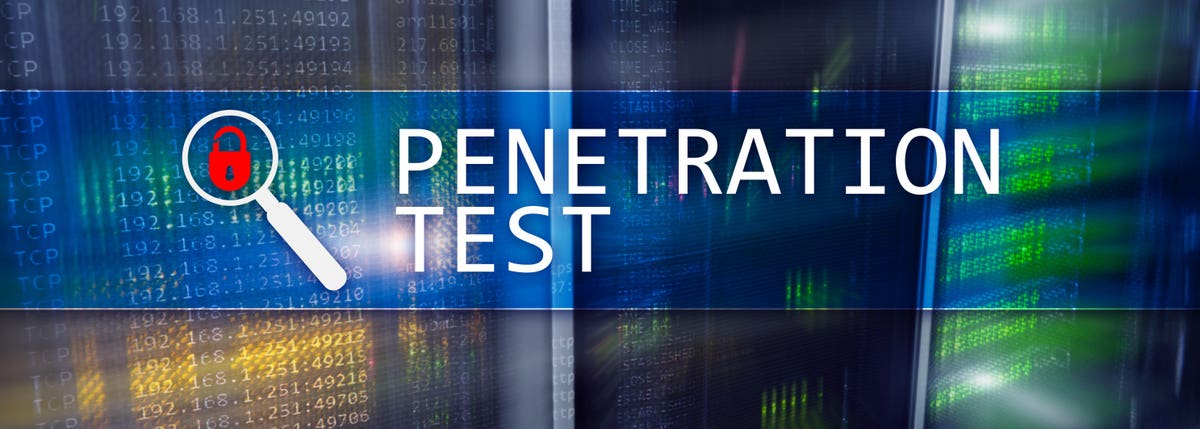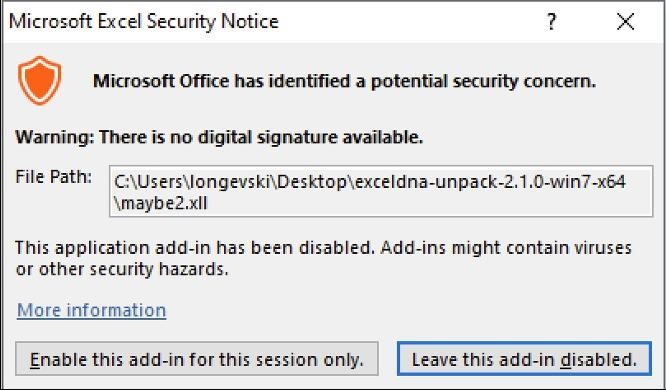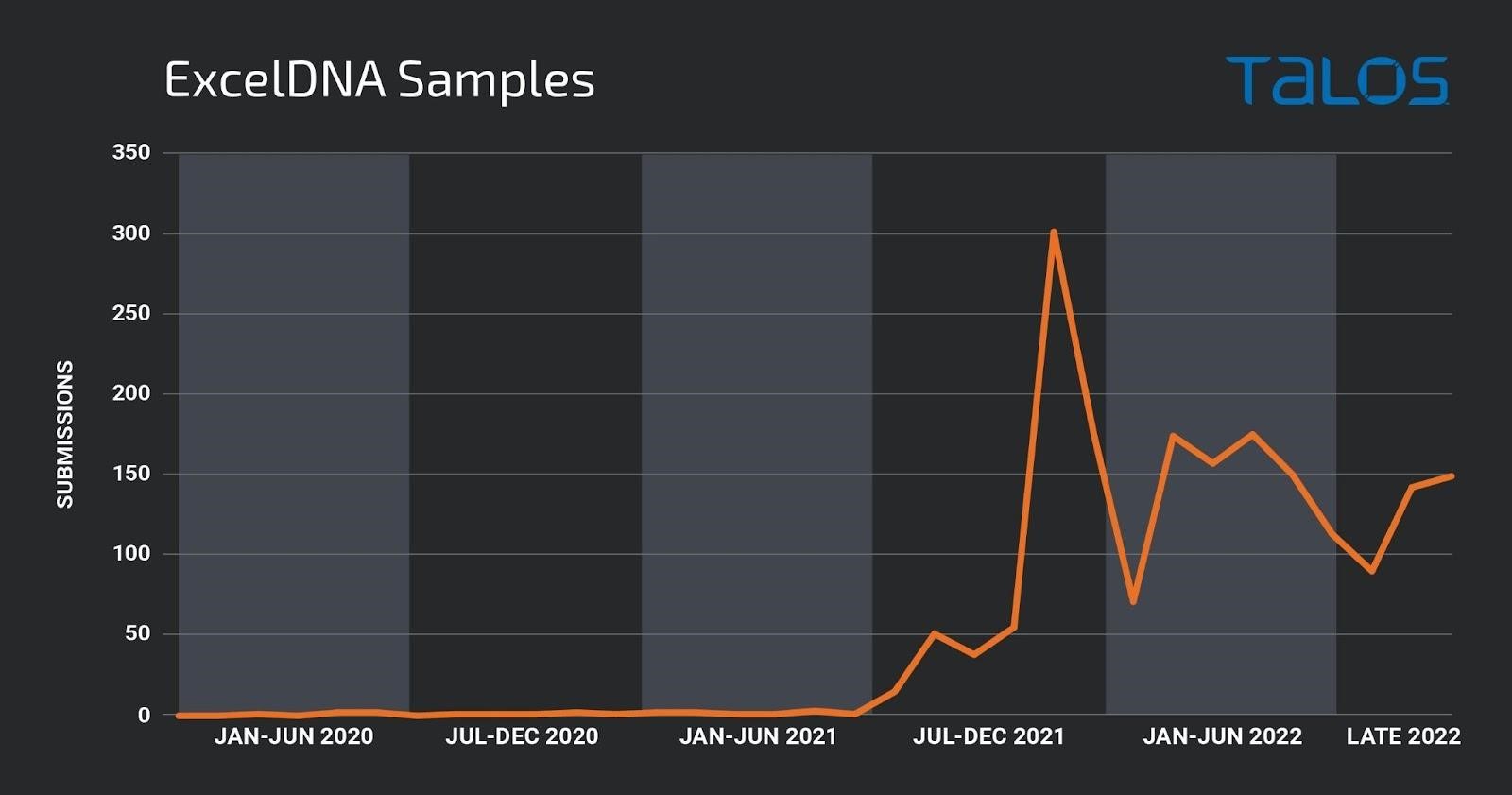Top 5 Best Penetration Testing Companies in 2024

Businesses in every industry are under threat of data breaches as threat actors discover new ways of pinpointing weaknesses in the IT infrastructure. Companies are under pressure to fortify their defense before cybercriminals can exploit them. They need the help of penetration testing companies who know the right tools and methods to ensure the defenses remain strong.
Why is penetration testing important?
Penetration testing involves simulating cyberattacks on a company’s systems and network. It verifies the security controls to assess if a company is ready for real-life cyberattacks as the service uncovers vulnerabilities and weaknesses before threat actors can exploit them.
Penetration testing services help companies obtain information about the different ways cybercriminals conduct their malicious activities, which can cause irreversible damage to the financial health and reputation of an organization. IT personnel can learn how to handle any type of break-in with insights into which channels or applications are most at risk, thereby preparing an effective and appropriate response to a cyberattack.
Read further to learn how the top 5 best penetration testing companies in 2024 address security concerns and fortify their clients’ security posture.

Overview
Silent Breach specializes in network security and protection of digital assets. They provide cutting-edge services and expertise across many industries in the private and public sectors. They are an award-winning provider, delivering a level of service that far exceeds industry standards.
Silent Breach employs real-world methods that closely mimic the behavior of determined hackers, including a blend of automated and manual testing to provide the broadest coverage. Their penetration testing services support a wide variety of tests, including web apps, mobile, wireless, physical, social, cloud, and more.
Back in 2021, Silent Breach…





